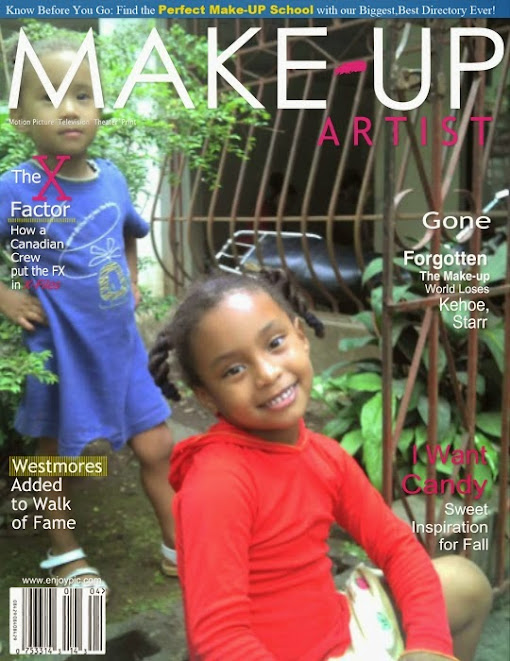| In this undated file photo, promoter and entertainer Larry Harmon portrays Bozo the Clown. Harmon, who appeared as Bozo the Clown for decades and licensed the name to other Bozos around the world, had died at age 83. He died Thursday, July 3, 2008, at his home of congestive heart failure,according to his longtime publicist, Jerry Digney. |
LOS ANGELES (AP) -- Larry Harmon, who turned the character Bozo the Clown into a show business staple that delighted children for more than a half-century, died Thursday of congestive heart failure. He was 83.
His publicist, Jerry Digney, told The Associated Press he died at his home.
Although not the original Bozo, Harmon portrayed the popular clown in countless appearances and, as an entrepreneur, he licensed the character to others, particularly dozens of television stations around the country. The stations in turn hired actors to be their local Bozos.
"You might say, in a way, I was cloning BTC (Bozo the Clown) before anybody else out there got around to cloning DNA," Harmon told the AP in a 1996 interview.
"Bozo is a combination of the wonderful wisdom of the adult and the childlike ways in all of us," Harmon said.
Pinto Colvig, who also provided the voice for Walt Disney's Goofy, was the first Bozo the Clown, a character created by writer-producer Alan W. Livingston for a series of children's records in 1946. Livingston said he came up with the name Bozo after polling several people at Capitol Records.
Harmon would later meet his alter ego while answering a casting call to make personal appearances as a clown to promote the records.
He got that job and eventually bought the rights to Bozo. Along the way, he embellished Bozo's distinctive look: the orange-tufted hair, the bulbous nose, the outlandish red, white and blue costume.
"I felt if I could plant my size 83AAA shoes on this planet, (people) would never be able to forget those footprints," he said.
Susan Harmon, his wife of 29 years, indicated Harmon was the perfect fit for Bozo.
"He was the most optimistic man I ever met. He always saw a bright side; he always had something good to say about everybody. He was the love of my life," she said Thursday.
The business - combining animation, licensing of the character, and personal appearances - made millions, as Harmon trained more than 200 Bozos over the years to represent him in local markets.
"I'm looking for that sparkle in the eyes, that emotion, feeling, directness, warmth. That is so important," he said of his criteria for becoming a Bozo.
The Chicago version of Bozo ran on WGN-TV in Chicago for 40 years and was seen in many other cities after cable television transformed WGN into a superstation.
Bozo - portrayed in Chicago for many years by Bob Bell - was so popular that the waiting list for tickets to a TV show eventually stretched to a decade, prompting the station to stop taking reservations for 10 years. On the day in 1990 when WGN started taking reservations again, it took just five hours to book the show for five more years. The phone company reported more than 27 million phone call attempts had been made.
By the time the show bowed out in Chicago, in 2001, it was the last locally produced version. Harmon said at the time that he hoped to develop a new cable or network show, as well as a Bozo feature film.
He became caught up in a minor controversy in 2004 when the International Clown Hall of Fame in Milwaukee took down a plaque honoring him as Bozo and formally endorsed Colvig as the first. Harmon denied ever misrepresenting Bozo's history.
He said he was claiming credit only for what he added to the character - "What I sound like, what I look like, what I walk like" - and what he did to popularize Bozo.
"Isn't it a shame the credit that was given to me for the work I have done, they arbitrarily take it down, like I didn't do anything for the last 52 years," he told the AP at the time.
Harmon protected Bozo's reputation with a vengeance, while embracing those who poked good-natured fun at the clown.
As Bozo's influence spread through popular culture, his very name became a synonym for clownish behavior.
"It takes a lot of effort and energy to keep a character that old fresh so kids today still know about him and want to buy the products," Karen Raugust, executive editor of The Licensing Letter, a New York-based trade publication, said in 1996.
A normal character runs its course in three to five years, Raugust said. "Harmon's is a classic character. It's been around 50 years."
On New Year's Day 1996, Harmon dressed up as Bozo for the first time in 10 years, appearing in the Rose Parade in Pasadena.
The crowd reaction, he recalled, "was deafening."
"They kept yelling, `Bozo, Bozo, love you, love you.' I shed more crocodile tears for five miles in four hours than I realized I had," he said. "I still get goose bumps."
Born in Toledo, Ohio, Harmon became interested in theater while studying at the University of Southern California.
"Bozo is a star, an entertainer, bigger than life," Harmon once said. "People see him as Mr. Bozo, somebody you can relate to, touch and laugh with."
Besides his wife, Harmon is survived by his son, Jeff Harmon, and daughters Lori Harmon, Marci Breth-Carabet and Leslie Breth.









